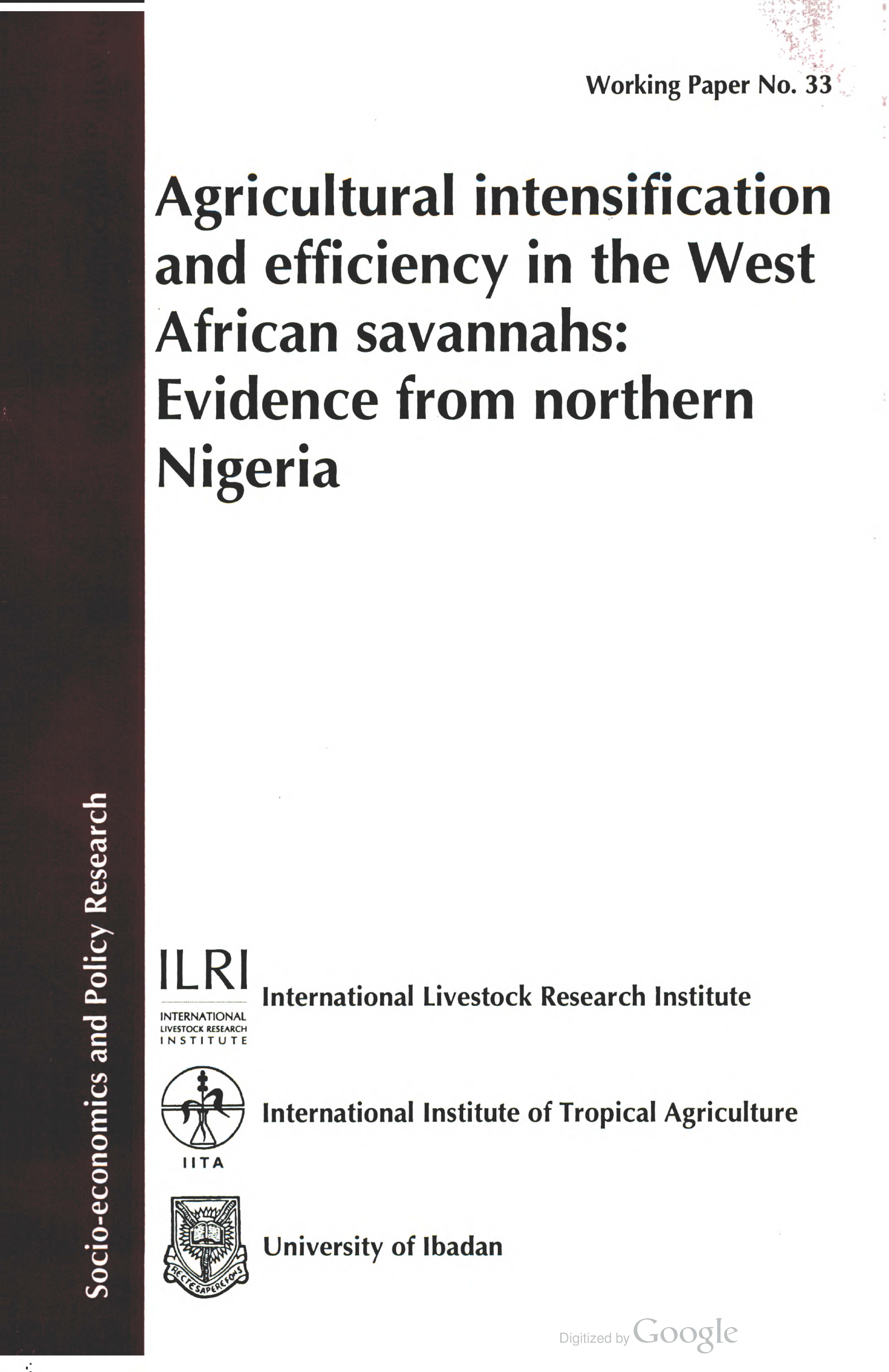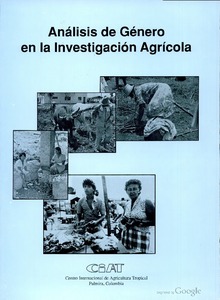An Agroforestry guide for field practitioners
Over the past several decades, DRP Korea has suffered from extensive land degradation leading to the loss of livelihoods causing increased food insecurity. To restore degraded sloping land, the Ministry of Land and Environmental Protection of DPR of Korea (MoLEP), the Swiss Agency for Development and Cooperation (SDC) and the World Agroforestry Centre (ICRAF), have been promoting the multi-purpose use of trees to transform landscapes and livelihoods using a participatory approach.
An ecoregional approach to enhancing agricultural research in tropical America
An efficient sampling protocol for sagebrush/grassland monitoring
Rangeland scientists and quantitative ecologists have developed numerous methods and monitoring techniques that can be used for vegetation sampling (Barbour et al. 1987). The methods used to position samples (transects, quadrats, lines, and points) vary and can be classed as selective, capricious, systematic, or random. One of the prerequisites for valid statistical inference is that samples are taken randomly. A random sampling procedure implies that all elements or units of the population being studied have an equal chance of being represented in the sample.
An Overview of Dairy Cattle Models for Predicting Milk Production: Their Evolution, Evaluation, and Application for the Agricultural Model Intercomparison and Improvement Project (AgMIP) for Livestock.
The contemporary concern about anthropogenic release of greenhouse gas (GHG) into the
environment and the contribution of livestock to this phenomenon have sparked animal
scientists’ interest in predicting methane (CH4) emissions by ruminants. Focusing on milk
production, we address six basic nutrition models or feeding standards (mostly empirical
systems) and five complex nutrition models (mostly mechanistic systems), describe their key
characteristics, and highlight their similarities and differences. Four models were selected to
Amazon region: eco-efficient landscapes
The Amazon Basin is so diverse that one could say many Amazons exist, not just one. Indeed, its diversity is considered unique in the world. Although the Basin occupies 7% of the planet’s land, it carries 25% of the world’s terrestrial biodiversity. The region is so vast, it represents one-third of South America’s land surface. It covers, or partly covers, nine countries: Colombia (36% of the land area), Venezuela and Guyana (6% each), Suriname and French Guiana (almost 100% each), Brazil (60%), Bolivia and Peru (75% together), and Ecuador (45%).
Análisis de género en la investigación agrícola : Memorias de un taller interno, Palmira, Colombia 13-14 junio 1991
Amazonia security agenda: summary of findings and initial recommendations
Amazonia’s abundant natural resources underpin water, energy, food and health security for the people and economies of the region and far beyond. At the heart of this nexus of securities is water. So abundant in the region, but now under increasing threat as industrial and agricultural pollution increases, and extreme droughts reveal a once unthinkable water vulnerability.
An agroecological zonation for Uganda: methodology and spatial information
Animal genetics training resources: Capacity building for sustainable use of animal genetic resources in developing countries
This training resource is presented in five modules. 1) Global perspectives on animal genetic resources for sustainable agriculture and food production in the tropics. This module provides some insight into the need for better use of animal genetic resources (AnGR) in the context of projected demand for food in developing countries until 2020. 2) Improving our knowledge of tropical indigenous animal genetic resources.
Annual Report 2011: Groundwork for success
2011 was the first year of operation of the CGIAR Research Program on Climate Change, Agriculture and Food Security (CCAFS). CCAFS brings together the work of all 15 international Centres in the CGIAR, and is a joint programme between the CGIAR and the Earth System Science Partnership (ESSP). 2011 was a start-up year in terms of introducing a new way of working across Centres, but it was also a year of considerable research effort. Work was initiated in the field at many sites, and baseline surveys were completed in three regions on two continents.









